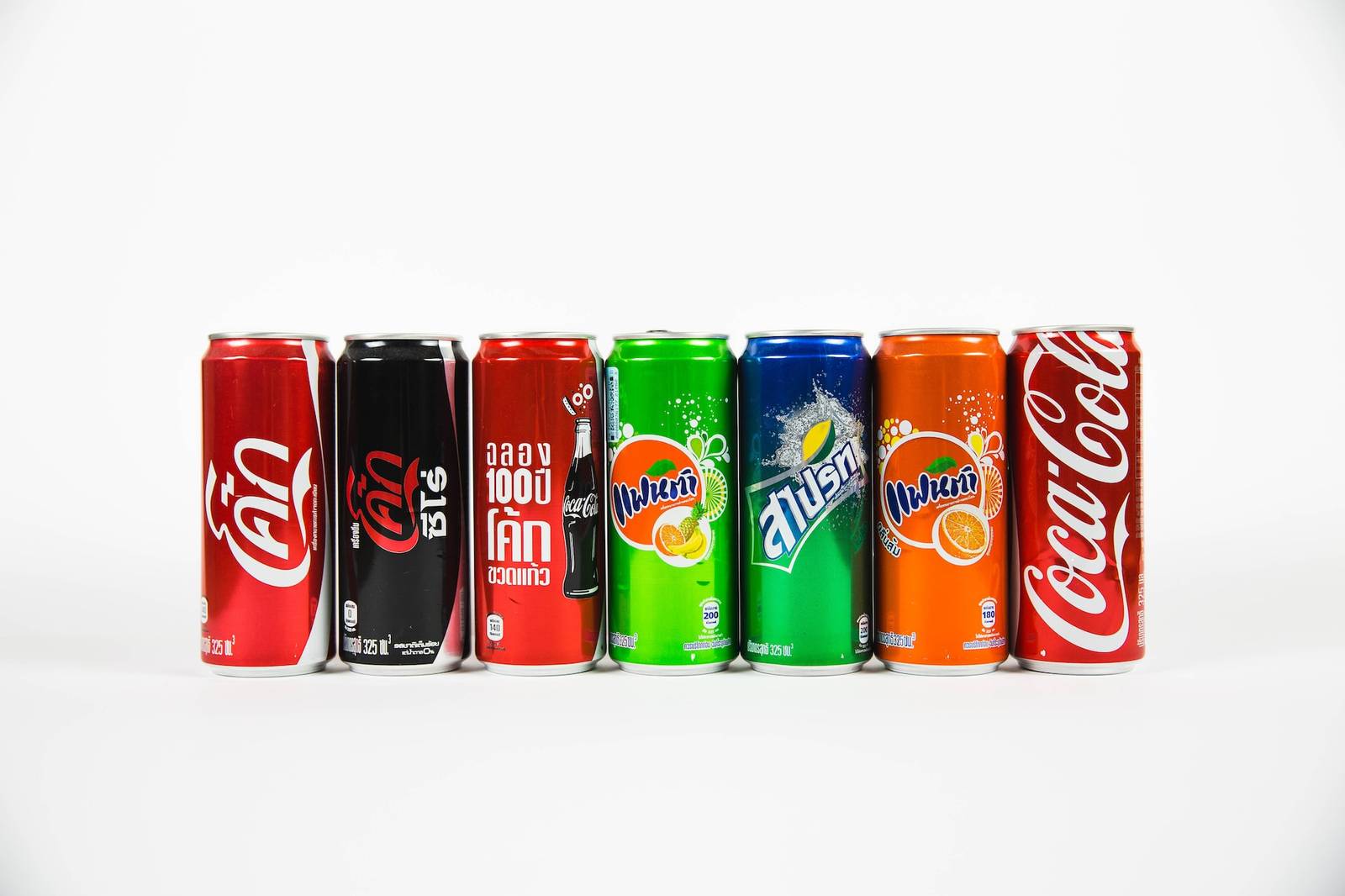What is Branded Content
People are tired of traditional aggressive advertising. Fortunately, now branded content has come to replace it.

Branded content definition
There are targeted ads and ads from influencers when a brand account is mentioned in their post or story. To regulate the collaboration market between bloggers and brands and distinguish advertising from ordinary publications, the developers have created a special tool – branded content.
In a narrow sense, branded content is content from influential publishers or bloggers that is entirely dedicated to a particular brand or mentions a business partner.

In e-commerce, on the other hand, the concept has a much broader meaning. It is still the author’s content that mentions the brand, but it is used in the entirety of the Internet space. The role of the brand in it is secondary, as the focus is shifting to entertaining or usefulness of the product. There is a certain intersection of the interests of the business project and its target audience.
This approach to creating brand publications allows maximum audience loyalty. The key task of branded content is to form and consolidate a positive image of the company in the minds of potential customers and raise its reputation.
Why choose branded content over ads
Traditional advertising is gradually fading into oblivion. People have learned to recognize it from the first seconds of the video and are rarely involved in watching it as they used to be. And if ads are presented in the form of pictures or banners, most users will scroll through them without paying attention. The branded content is much more promising than the traditional advertising that it has come to replace.
Why does it work? Any branded content meets four important criteria:
- Usefulness. The audience interacts with the material on their own free will after learning about it from the person they’re subscribed to.
- Attention. The plot of the content is based on the purpose of the product and questions that a potential buyer may have.
- Trust. It is achieved through regular contact and competent messages. This increases the brand's value and creates associations with positive emotions and impressions.
- Wide coverage. Carefully planned publications begin to spread rapidly on the network. People share content, resulting in significantly increased coverage.

For example, a sports sneakers brand decided to advertise its product through the social media account of a fitness blogger, where videos of workouts for different muscle groups are published. The blogger can integrate sneakers into the video by putting them on and telling why it is convenient to perform exercises in these sneakers (they bend well, breathe, etc.). For subscribers, it will be the same interesting blogger’s usual video, but with a pinch of advertising. Therefore, there will be no inner “rejection”, as in the case of the banner, which has bright colors but is bland at the core.
Types of brand video
Video content is one of the most engaging content types, with many brands claiming to have acquired new customers through social media videos. But to get the most out of it, you need a thoughtful video marketing strategy. Therefore, it is crucial to choose the necessary format.

There are such brand video formats as:
- Lists. This video format lists various ways, tools, services, etc., that are useful to the audience. In no case should such videos be of an advertising nature, but rather tell more about the culture of use. For example, a web studio marketer talks about useful tools they use in their work.
- Reviews. This format is similar to lists, its only difference is that the whole focus is on only one specific product, a detailed overview of its characteristics, advantages, and disadvantages. Often it takes the form of a screencast – a recording from the screen.
- First-person. An example of this format is a webinar, where an expert shares useful information with users.
- Video infographics. One of the most complex and expensive formats. It is mostly used by companies that want to convey a large amount of information in one video. For example, an animation listing different phone sales scripts.
How to plan a brand video? The specific format and content are chosen depending on the advertising budget. It can be a simple video or a unique blockbuster-style story. Plus, a customer contacting a blogger may sometimes request a specific situation in a video and even text what the blogger has to say.

Generally, it’s better to shoot simpler videos. They’re easier to do and look more relatable to an average viewer, whereas a big expensive project may look like a glorified advertisement, and the user will skip it before getting to the main point. In addition, simple videos have a nice bonus – video editing process is much easier!



